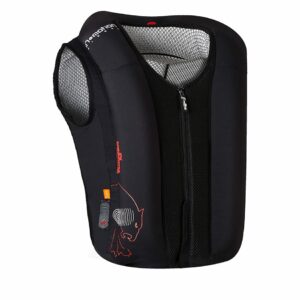Principal Blog
IN&Motion’s got it in the bag
03 October 2025
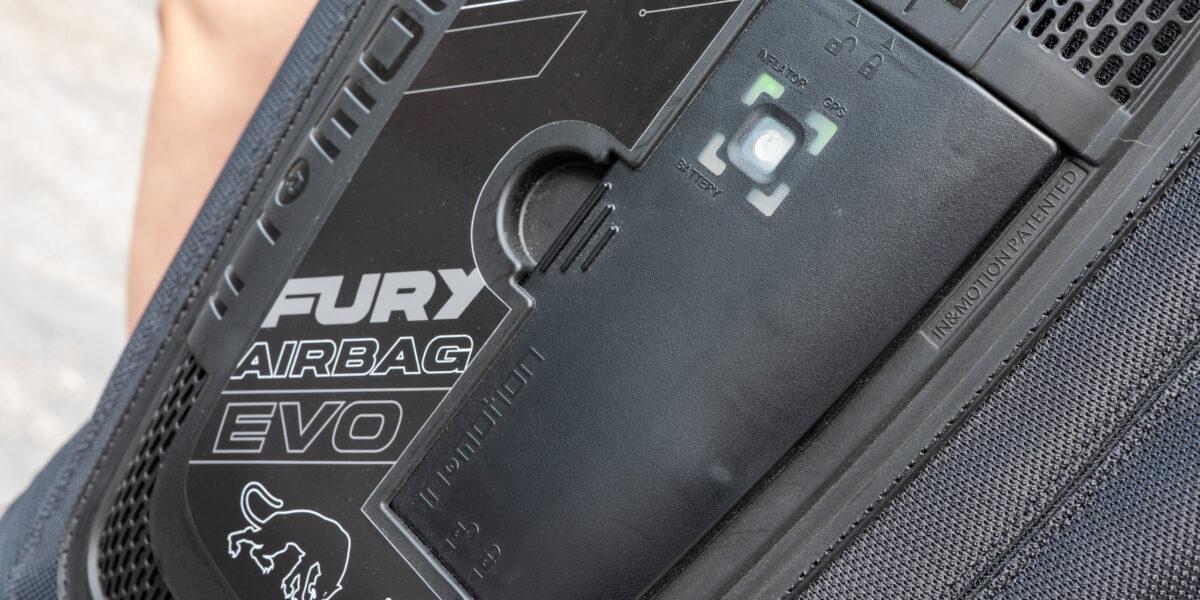
IN&Motion’s got it in the bag
Our inhouse windbag is in thrall to an airbag.
To be more precise Paul Browne is much taken with In&Motion’s impressive inflatable safety device, developed through exploitation of an array of multi-disciplinary expertise.
We’ve seen a number of Airbag protection systems on the market with both the big players, Alpinestars and Dainese bringing out such kit over the last few years.
The one I use, however, is made by the France’s In&Motion in conjunction with Furygan.
The company first introduced their airbag system back in 2014. In doing so, it did more than just make a product that was mechanically functional, embracing such niceties as the coverage and inflation speed in the event of ones enthusiasm exceeding ones talent.
Instead they did – and continue to – develop safety systems around the science, informed by their own research, that of other organisations and institutions such as the esteemed Gustave Eiffel University.
Got an ‘ology
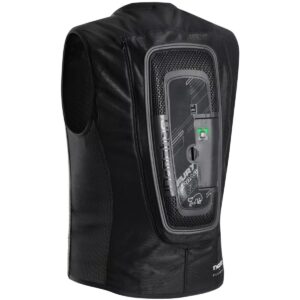 To this end they work with experts in the fields of epidemiology, biomechanics and traumatology.
To this end they work with experts in the fields of epidemiology, biomechanics and traumatology.
While ‘traumatology’ is very close to being my favourite word of the week, it’s been narrowly beaten to the post by the title of the last expert field, ‘accidentology’.
So, the first part of the In&Motion’s development exercise is to design something that can be worn and protects the bits that we’d rather not get hurt, or broken.
You know, stuff like ribs, internal organs, collar bones, spines and necks. All of those bodily components or which the vast, vast, majority of us have developed an affection.
Being well informed as to how the body breaks in an impact allows the company to design a product that works, and works very well indeed.
Injury time
But it’s the next bit that fills my inner nerd with a great amount of joy;
There’s a scale that’s designed to measure the severity of an injury.
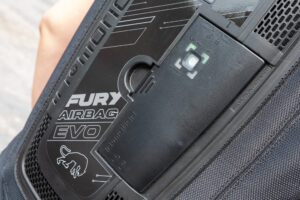 It’s called the Abbreviated Injury Scale (AIS). It’s used to rank injuries from 0, ‘Please stop whinging’, and 6, ‘Oops, it’s time to call our legal team’.
It’s called the Abbreviated Injury Scale (AIS). It’s used to rank injuries from 0, ‘Please stop whinging’, and 6, ‘Oops, it’s time to call our legal team’.
This AIS score has been used to evaluate what needs to be protected.
In&Motion have established that the thorax, spine and cervical vertebra are the most important to safeguard.
Then there’s the abdomen.
Hitting immovable objects such as lampposts and bus stops necessitates protecting it.
And, even though they don’t score as high on the scale, ribs and shoulders also need to be looked after.
The company have designed their airbags to cover and protect the lot.
Blink, miss it
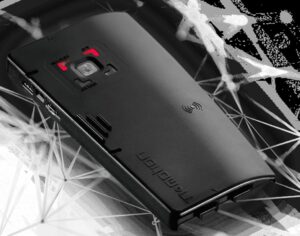 The second half of the mix is the activation software.
The second half of the mix is the activation software.
This lives in the unit’s In&Box ‘brain’. When a sudden change in trajectory is detected this activates the piece in milliseconds.
It basically goes from static to fully inflated in half the time it takes to blink!
All of the above-mentioned body parts are covered and protected.
The airbag’s shoulders even inflate upwards to meet the collar of the wearer’s helmet to protect the neck from both the initial impact and the deeply unpleasant hyper extension injuries associated with a sudden stop.
There’s a lot more to be discussed around this kit, but airbags are as revolutionary as the full face race helmet.
After seeing them work first hand, I’m happy to say that this particular one would appear to be the ‘Arai’ of airbag jackets.
Looking for year-round protection? Call 0818 945 950 for your annual motorcycle insurance quote!
Back to listing

